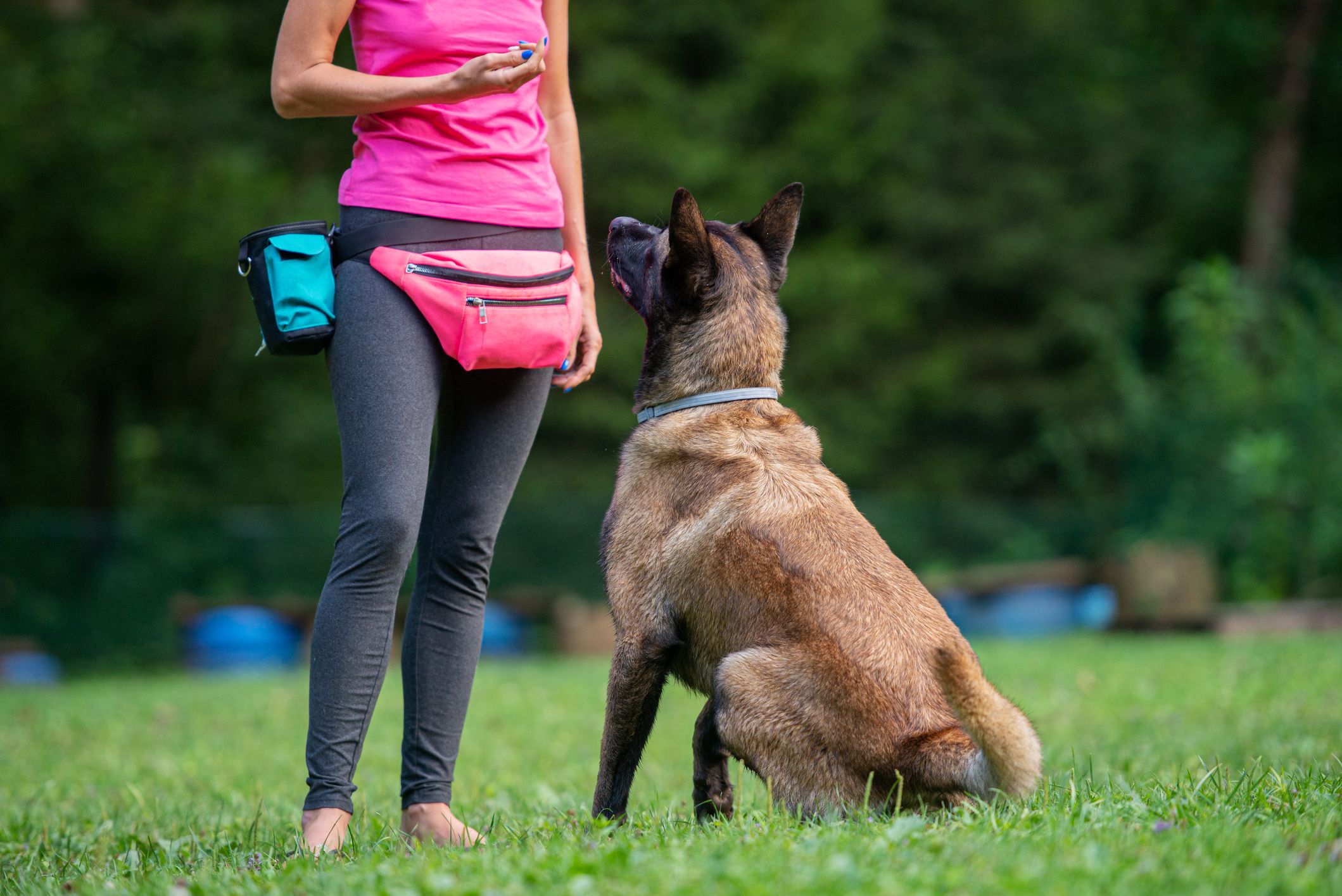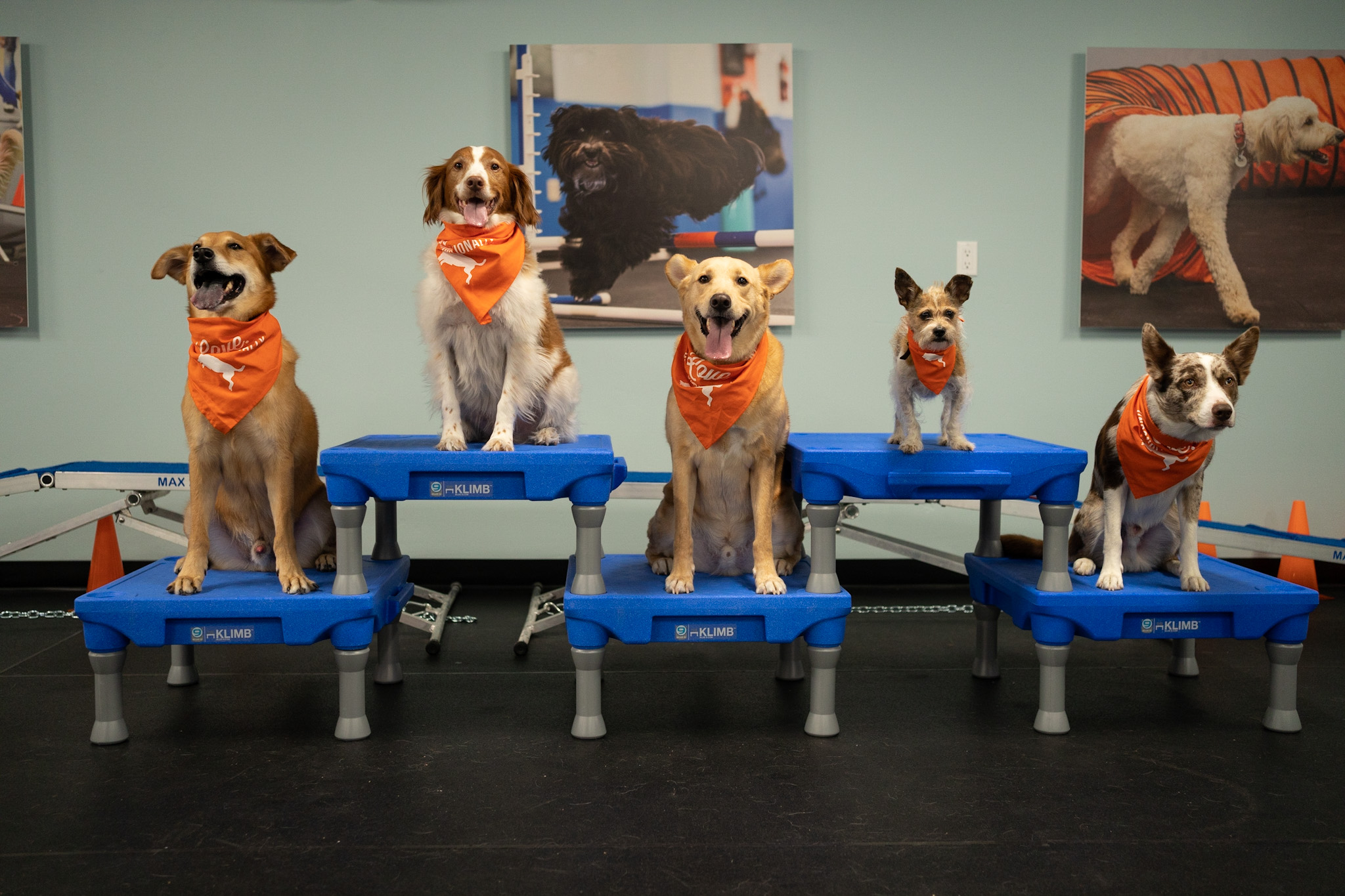The Ultimate Guide to Dog Training: Tips for Every Stage of Your Dog’s Life
The Ultimate Guide to Dog Training: Tips for Every Stage of Your Dog’s Life
Blog Article
Beginner's Overview to Successful Canine Training in your home
Efficiently training a pet at home requires a nuanced understanding of canine behavior and efficient interaction techniques. Establishing clear training goals, using high-quality rewards, and preserving uniformity across family participants are critical elements. Incorporating training right into everyday routines can improve both interaction and retention.
Recognizing Canine Actions
Recognizing canine habits is essential for efficient training and promoting an unified connection between human beings and their canine companions. Dogs interact mostly with body language, vocalizations, and faces, making it important for proprietors to interpret these signals precisely. Identifying actions such as tail wagging, grumbling, or shrinking can offer insights right into a canine's mood and intents.

Usual behavior issues, such as hostility, anxiousness, or too much barking, frequently come from misunderstandings or unmet requirements. Observing and resolving these issues quickly can protect against rise and make certain a positive training experience. By cultivating a deep understanding of dog habits, owners can customize their training techniques to match their canine buddies, eventually resulting in a satisfied and well-behaved pet.
Crucial Training Tools
A fully equipped training area can considerably improve the efficiency of pet dog training in your home. Essential training tools ensure that both the fitness instructor and the pet dog can involve in productive sessions that promote understanding and bonding.

Buying a durable chain and a comfortable, well-fitting collar or harness is important for safety and control. These tools help establish boundaries and make certain the canine remains safe and secure during training. In addition, an assigned training location, without disturbances, aids focus for both the pet and the fitness instructor.
Educating aids such as training pads, cones, or dexterity devices can additionally enhance the experience by introducing variety and difficulties. Lastly, having a notebook or digital app for tracking development can be important, permitting you to keep in mind successes and areas for improvement. Utilizing these necessary tools will certainly develop a positive training atmosphere and lay the structure for efficient learning.
Developing a Training Routine
Developing a regular training routine is necessary for efficient pet training at home. A well-structured routine not only helps in strengthening wanted actions yet additionally supplies your pet dog with a feeling of protection and predictability. To produce a reliable training regular, start by identifying specific training goals, such as basic commands, leash walking, or house-training.
Select a marked time daily for training sessions, preferably when your canine is receptive and sharp. Sessions ought to be brief, around 5 to 15 minutes, to maintain focus and stop fatigue. Uniformity in timing and atmosphere will improve your pet dog's knowing experience.
Include training into everyday activities to reinforce abilities. As an example, technique commands throughout walks or mealtime, which integrates finding out right into natural regimens. Furthermore, remain flexible and change the routine as necessary, accommodating your pet dog's power degrees and state of mind.
Positive Support Methods
Positive support methods are fundamental to reliable canine training, promoting wanted habits through incentives as opposed to penalty. This technique utilizes favorable stimulations, such as deals with, praise, or play, to urge pets to repeat particular activities. The foundation of see this website this approach is timing; incentives must be given instantly adhering to the desired behavior to produce a clear organization.
When applying positive support, it is necessary to select incentives that are motivating for your pet. High-value deals with, such as small pieces of hen or cheese, can be particularly reliable during training sessions. Additionally, differing the benefits can keep your pet dog's passion and enthusiasm.
Start with basic commands, like "sit" or "remain," and progressively progress to a lot more complex jobs. Consistency is vital; guarantee that all household members make use of the exact same commands and incentive systems to avoid confusion.
Moreover, it is crucial to remain individual and avoid frustration. Canines, like human beings, find out at their own rate. By cultivating a supportive training atmosphere with favorable support, you can enhance your pet dog's learning experience while reinforcing the bond in between you and your furry buddy, laying the foundation for successful training end results.
Usual Educating Challenges
While educating a pet in your home can be a gratifying experience, it frequently includes a set of usual challenges that can test both persistence and uniformity. One common look here concern is distraction. Canines may end up being easily sidetracked by sounds, movements, and even scents in their atmosphere, making it difficult to preserve their focus during training sessions.
One more obstacle is inconsistency in commands and reinforcement. It can perplex the dog and hinder development if family participants use different signs or benefits. Establishing a unified strategy is necessary for efficient interaction.
In addition, canines can experience disappointment or tension, specifically if they do not recognize what is anticipated of them. This can lead to unfavorable habits, such as barking or eating.
Finally, the timing of reinforcement is crucial (Dog training). Postponed incentives can decrease the performance of favorable support, as pets might stop working to attach the actions with the benefit
Getting rid of these challenges requires dedication, clear interaction, and a structured training plan. Recognizing and addressing these common challenges will certainly lead the way for an extra successful and enjoyable training experience in your home.
Verdict
In verdict, successful pet dog training at home demands a detailed understanding of canine behavior and reliable communication techniques. By establishing clear training objectives and using high-grade treats additional hints alongside positive support, the training process comes to be much more gratifying for both the pet dog and the trainer.
Establishing a consistent training routine is necessary for efficient canine training at home.Favorable reinforcement techniques are basic to reliable canine training, promoting wanted actions through rewards instead than penalty (Dog training). By promoting a supportive training environment via favorable reinforcement, you can enhance your pet's learning experience while reinforcing the bond in between you and your furry companion, laying the foundation for effective training results
In final thought, effective canine training at home demands a detailed understanding of canine habits and effective interaction techniques. By establishing clear training goals and making use of top notch treats along with positive reinforcement, the training procedure ends up being much more gratifying for both the dog and the instructor.
Report this page